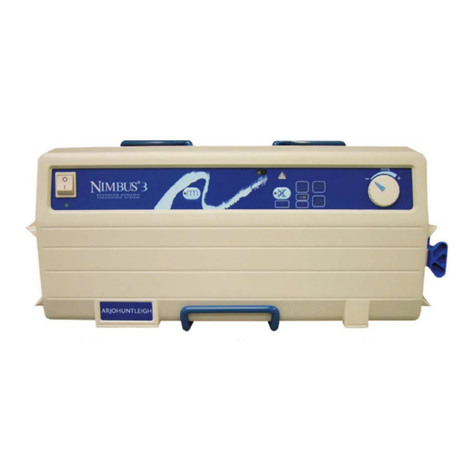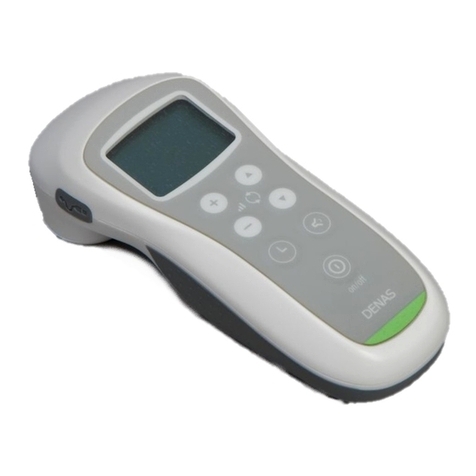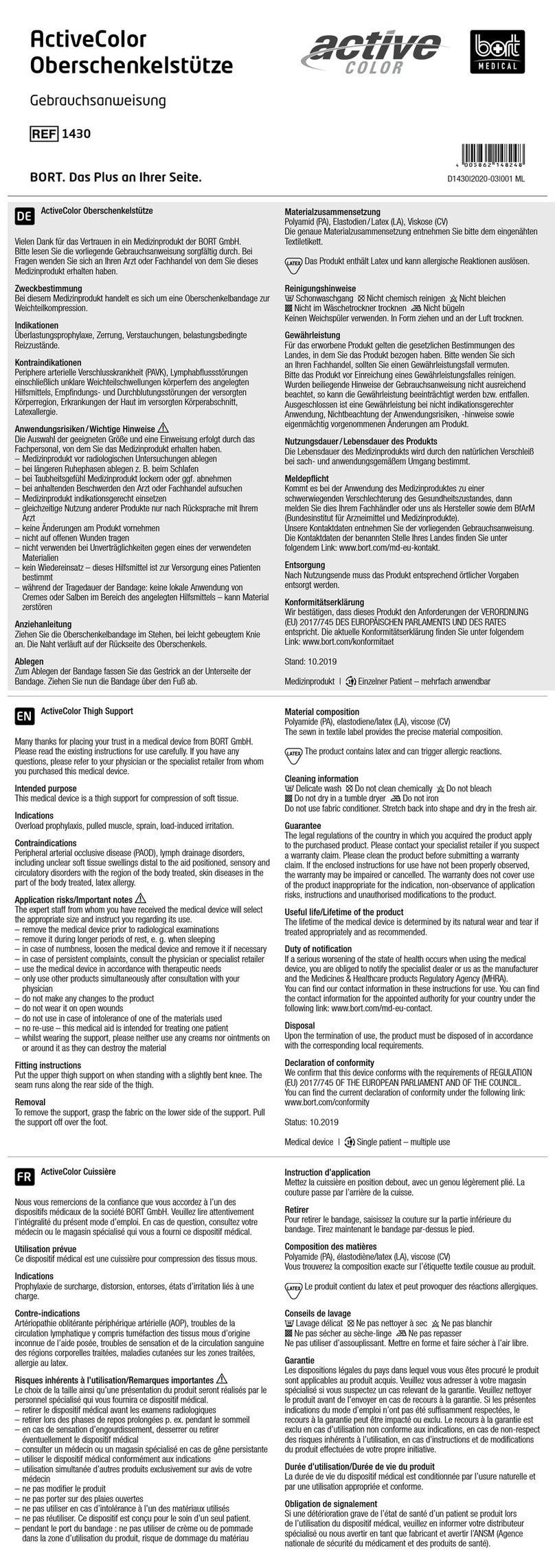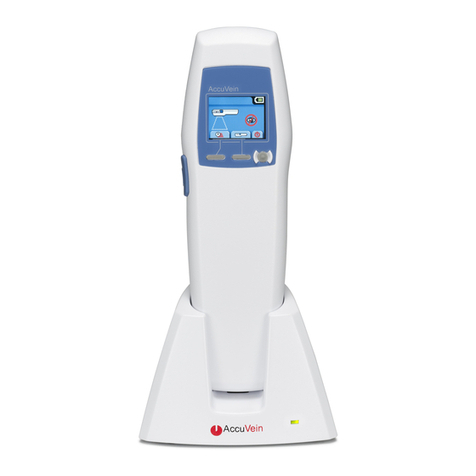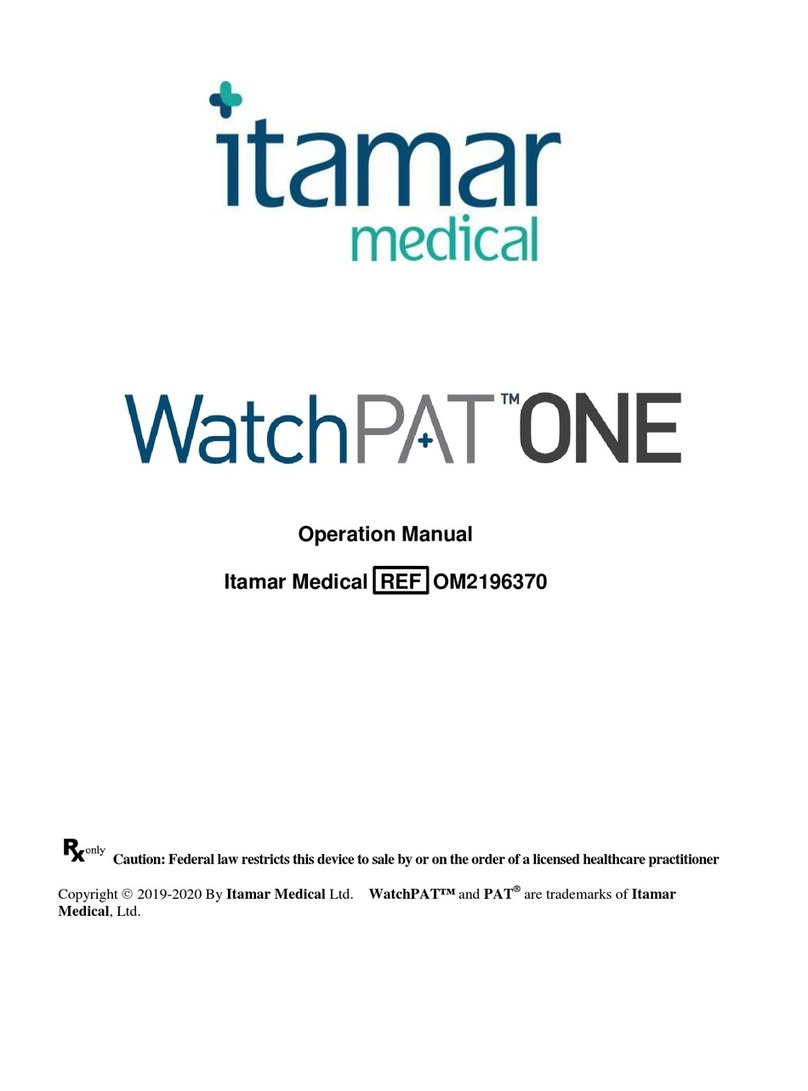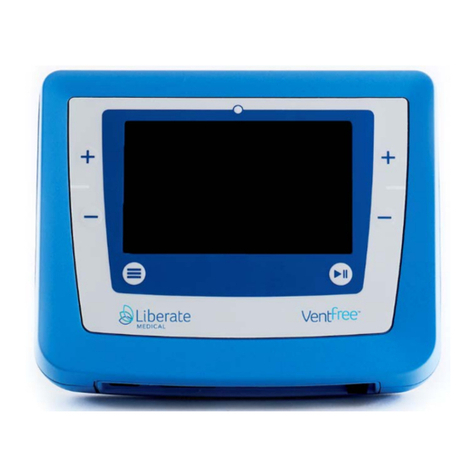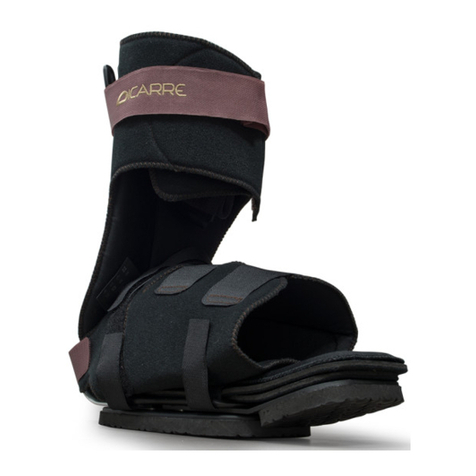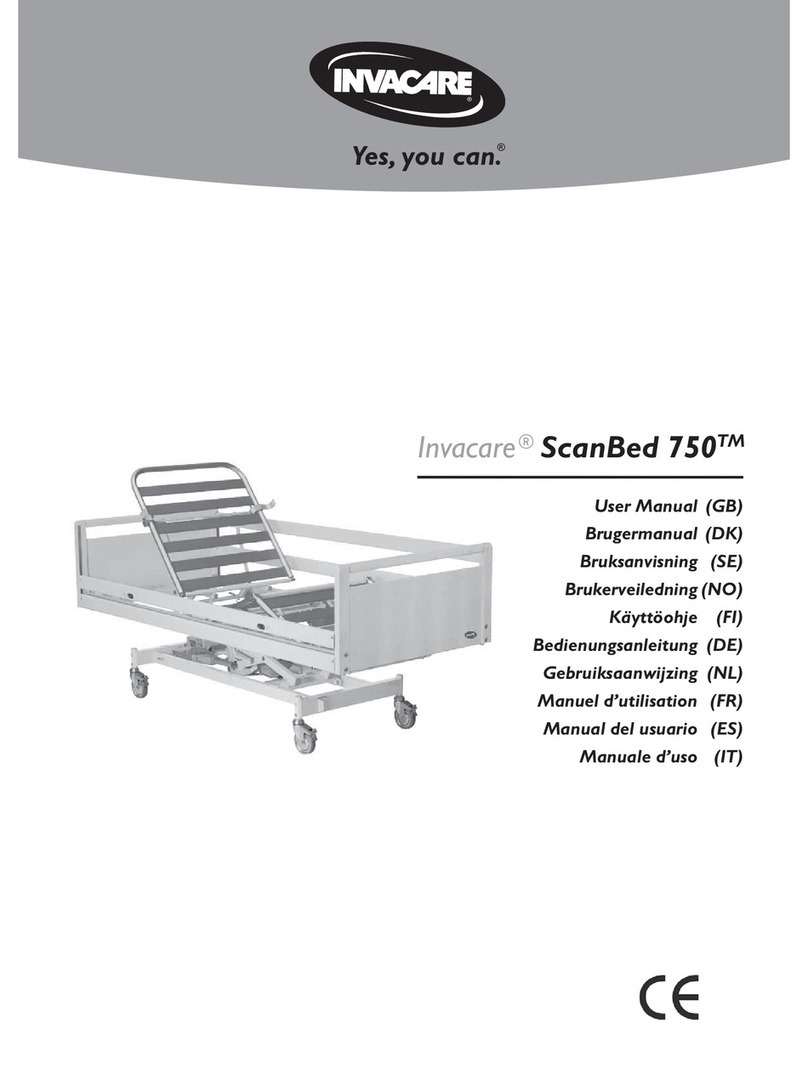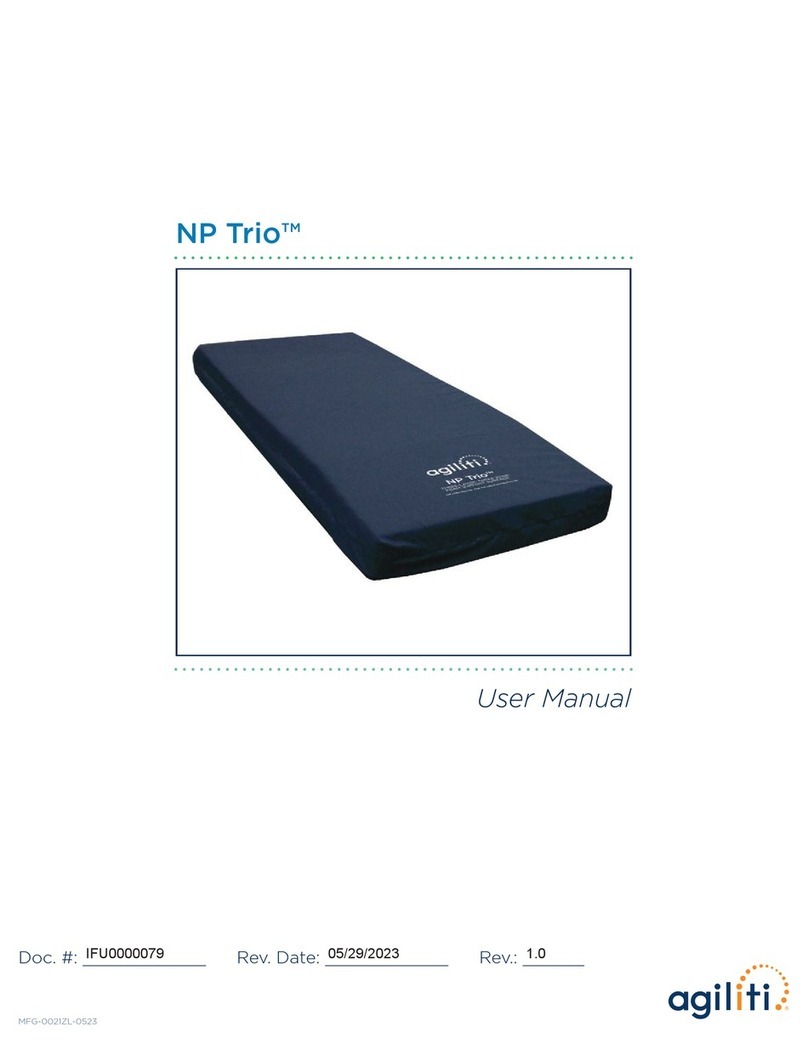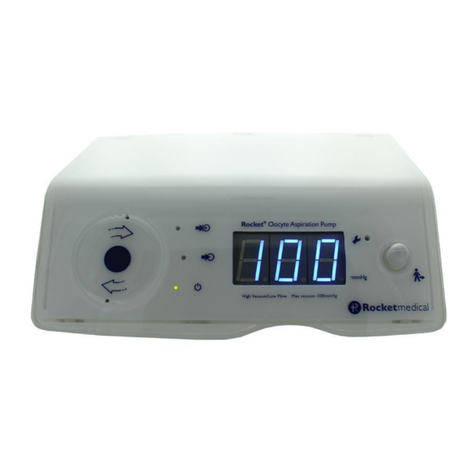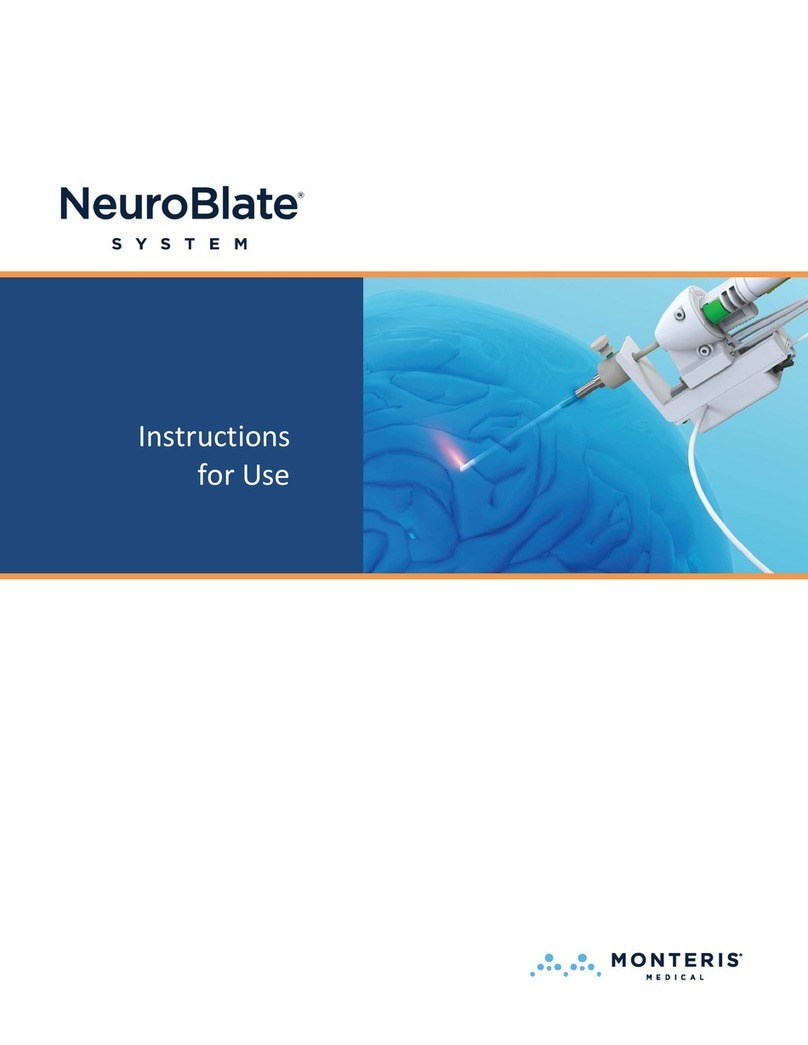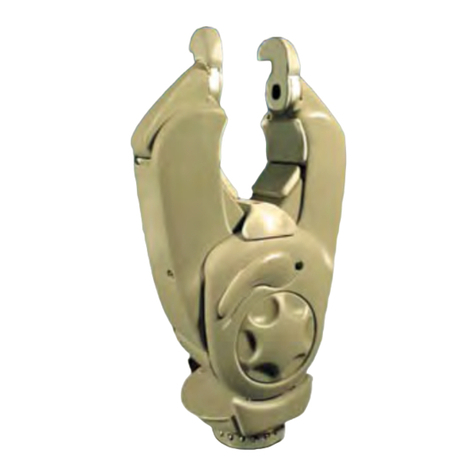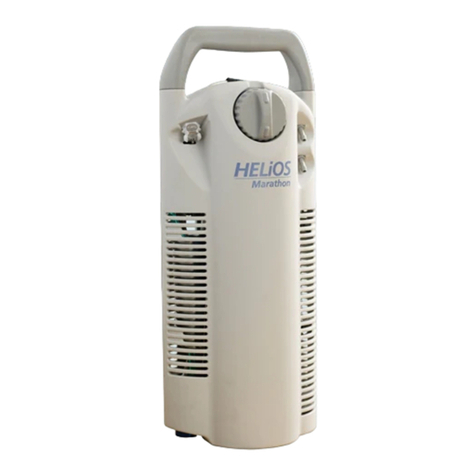
- 7 -
Appendix- Terminology
(1) Foggy Method
It is recommaned that the refractive power is measured when the examinee’s eye is in the
hyperopia-state. But there can be some errors due to the interruption of the controllerbility
if it is measured in the eye refraction system of internal optical target method (mechanic
myopia).
Foggy method is the method that the size of the target is modified to be greater than the
eyesight of the examinee by +1∼2D in order to reduce the error caused by this
controllerability. There is another method – controllerbility paralysis method. Generally,
mechanic myopia occurs to the youth in a great deal. At this point, controllerbility is one of
the functions of the eye. It controls the thickness of crystalline lens according to the
movement of the ciliary body and changes the refractive power of crystalline lens. As a result,
it makes clear images on retina.
(2) Standard Value
If you measure continuously more than three times, you can get the measured value in a high
confidence level through the statistics of the newest 3~5 measured value.
(3) Vertex Distance (VD)
Vertex Distance is the distance between the backward vertex of the correcting lens (eye
side) and the vertex of cornea.
If Vertex Distance influences the refractive power and Vertex Distance is incresed, minus
diaphragm is needed, if decreased, plus diaphragm is needed.
H
d
F2 = 1+
1000
F1
F2 : Refractive Power in the movement position (D)
d : movement distance (mm)
F1 : Refractive Power in the standard position (D)
(example) F1 =+13D, d=+3mm : F
2 =+12.5D
F
1 = +13D, d=-3mm : F
2 = +13.5D
F
1 = -10D, d=+2mm : F
2 = -10.2D
F
1 = -10D, d=-2mm : F
2 = - 9.8D
The following three kind of data will be displayed as the setting in the setting mode.
VD = 0mm : hard contact lens
VD =12. 0mm : lens of glasses (oriental people)
VD =13. 5mm : lens of glasses (western people)
